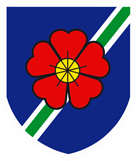Design Technology
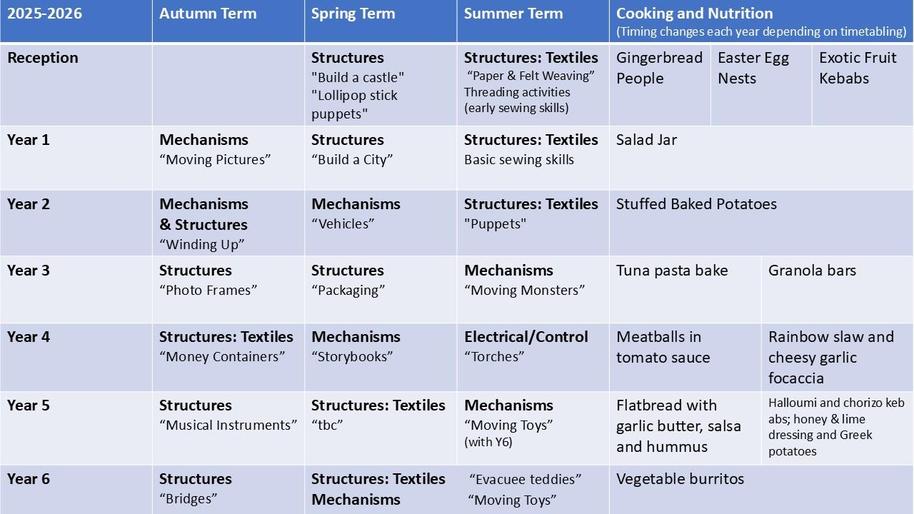
Curriculum by Year Group
Reception
Structures
- Safely use and explore a variety of materials, tools and techniques, experimenting with colour, design, texture, form and function
- Use a range of small tools, including scissors, paint brushes and cutlery
- Share their creations, explaining the process they have used
Year 1
Mechanisms
- that simple levers and sliding mechanisms can be used to create movement
- that levers are used in products eg scissors, balances and moving books
- to use drawings to represent products
- that construction kits can be used to try out ideas
- to make simple sliding and lever mechanisms
- how to use tools eg scissors and a hole punch safely
- to suggest ideas and explain what they are going to do
- to model their ideas in card and paper
- to make their design using appropriate techniques
- to evaluate their product by discussing how well it works in relation to the purpose
Structures
- to relate the way things work to their intended purpose
- how materials and components have been used, people’s needs, and what other users say about them
- to collect and sort information
basic joining techniques for 3D modelling using glues and masking tape - to make simple hinges
- how to make structures more stable
- to use construction kits to aid modelling
- to recognise shapes and their application in simple structures
- to draw on their own experience to help generate ideas
- to use the appropriate vocabulary for naming and describing the equipment, materials and components they use
- to make models which reflect their ideas
- to evaluate their products as they are developed, identifying strengths and possible changes they might make
Cooking and Nutrition
Year 2
Structures (combined with textiles)
- that there are different types of puppets
- that puppets are made up of different parts
- to make simple drawings and label parts
- basic sewing techniques
- to use a template to mark out identical pieces of fabric
- to compare joining techniques
- simple vocabulary associated with the use of textiles
- that ideas for their own designs can be developed by looking at a selection of puppets
- to identify simple design criteria
- to model their ideas by making a paper mock-up
- to mark out, cut and join fabric pieces to make the main part of their puppet
- to use appropriate finishing techniques
- to evaluate against design criteria
Mechanisms
- that a winding mechanism has an axle that turns and a handle
- to observe carefully what happens when such a mechanism works
- to make simple drawings to show how the mechanism works
techniques for making winding mechanisms - to use tools accurately and safely
- to investigate and evaluate ways of making characters for the toy
- to identify criteria for their design
- to select tools and materials and use correct vocabulary to name and describe them
- to assemble, join and combine materials to make a winding mechanism
- to understand the need for a stable structure to support a mechanism
- to evaluate against design criteria
Cooking and Nutrition
Year 3
Structures
- why it is important for structures to be stable
- the effectiveness of triangulation in structures
- that some structures are made stable by having a wide base
- to disassemble and evaluate familiar products
- ways of making stable structures
- ways of strengthening paper
- to evaluate different joining methods
- to consider who they are designing for
- to implement their prior learning about stiffness and stability into their design proposals
- to make drawings with labels when designing
- to evaluate their product against their original design criteria
- to relate the way things work to their intended purpose
- to find out what other users say about a specific product
- how materials and components have been used
- how the working characteristics of materials relate to the ways materials are used
- that 3D shapes can be constructed from nets and that the final 3D shape is dependent on the shape of the net
- how to measure, mark out, cut, score and assemble the net of a 3D shape
- how to create different styles of writing for a purpose
- to generate ideas for an item of packaging, considering its purpose and user/s
- to explore, develop and communicate design proposals by modelling ideas
- to create a package for a given purpose
- to evaluate design ideas as they develop, and indicate ways of improving their ideas
- to evaluate against design criteria
Mechanisms
- how air pressure can be used to produce and control movement
- techniques for making simple pneumatic systems
- to compare the effectiveness of different systems
- to use appropriate vocabulary to describe how things work
- how to assemble simple pneumatic systems
- ways of fixing components
- ways of using pneumatic systems in conjunction with simple levers to control movement
- to explore ideas through 3D modelling
- to work as a team
- to choose an idea according to logistical constraints of materials, time, size
- to think about their ideas as they make progress and be willing to change things if this helps them to improve their work
- to plan through discussion
- to work safely and accurately with a range of simple hand tools
- to use a storyboard to record the sequence of their work
- to evaluate as a team the product and purpose of improvements
Cooking and Nutrition
Year 4
Structures (combined with textiles)
- hat products are designed for different purposes and different users
- to evaluate products and identify criteria that can be used for their own designs
- to make labelled drawings from different views showing specific features
- how to sew using a range of different stitches, how to weave and knit
- that fabrics have different properties
- that some joining techniques are stronger/weaker than others
- that fabric can be joined in temporary and permanent ways
- how to model ideas with paper or inexpensive fabric
- to use simple decorative techniques eg dyeing, embroidery or fabric paints
- how to design a product using textiles for a specific purpose
- to appreciate the aesthetic qualities of a design
- to draw up simple design specifications
- to make a plan of how to make the product
- how to make a paper pattern/template that uses a seam allowance
- to measure, tape or pin, cut and join fabric with some accuracy
- to evaluate their product identifying strengths and areas for development against the original specifications
Mechanisms
- to investigate and evaluate products with lever and linkages systems, in order to learn how they function
- to relate the way things work to their intended purpose
- to use appropriate technical vocabulary to describe materials and mechanisms
- to measure, mark out, cut and shape a range of materials, using appropriate tools, equipment and techniques
- to join and combine materials and components accurately in temporary and permanent ways
- how simple mechanisms can be used to produce different types of movement
- how to use simple graphical communication techniques
- to explore, develop and communicate aspects of their design proposals by modelling their ideas in a variety of ways
- to develop a clear idea of what has to be done, planning how to use materials, equipment and processes, and suggesting alternative methods of making, if the first attempts fail
- to evaluate their design ideas as these develop, indicating ways of improving their ideas and to evaluate the book against the original design criteria
Electrical / Control
- simple safety when using electricity
- that torches are designed with the particular needs of the user in mind and that these needs can vary widely
- that commercially available torches contain a simple circuit involving metal connectors which do not necessarily have to be wires
- that torches are made of a variety of materials suited to the purpose for which they are employed
- how to make a simple circuit incorporating a battery, light bulb, switch and connecting wires in a safe manner
- how to find a fault in a simple circuit and correct it
- that a variety of metals in different forms will conduct electricity
- that identification of a particular combination of needs can result in a design for a torch which has not existed before
- that the plans for a new product can be made using drawings with labels
- to check their product is safe
- to evaluate their work both during and at the end of the assignment
Cooking and Nutrition
Year 5
Structures
- to investigate, disassemble and evaluate a range of musical instruments in order to learn how they function
- to relate the way things work to their intended purpose, how materials and components have been used, people’s needs, and what users say about them
- how the working characteristics of materials relate to the ways materials are used
- how materials can be combined and mixed in order to create more useful properties
- to join and combine materials and components accurately in temporary ways
- to investigate a range of materials
- to identify a purpose for their instrument
- to use information sources, including ICT, to help in their designing
- to develop a clear idea of what has to be done, planning how to use materials, equipment and processes, and suggesting alternative methods of making if the first attempts fail
- to select appropriate materials, tools and techniques
- to evaluate their design ideas as these develop, bearing in mind the users and the purposes for which the product is intended, and indicating ways of improving their ideas
Mechanisms
- to recognise the movement of a mechanism within a toy or model
- to understand that a cam will change rotary motion into linear motion
- to understand that different shaped cams produce different movements
- about the relationship between a cam and a follower
- to measure and mark out accurately
- to use tools for cutting safely and effectively
- to use a drill to make an off-centre hole in a wheel
- to consider the characteristics of the cam mechanism when designing the moving part of their toy
- to test out their design ideas before proceeding
- to cut and join with accuracy to ensure a good-quality finish to the product
- to test the mechanisms and make adjustments where necessary
- how to evaluate it personally and seek evaluation from others
Electrical / Control
- that there are a variety of products which incorporate a pulley and a drive belt and are driven by a motor or a computer
- how control systems are used in everyday life
- the appropriate vocabulary related to control systems
- that they can model their ideas for their own product using mechanisms, by using construction kits or making a model from a set of instructions
- how to include an electric motor in a simple circuit
- how the direction of rotation and speed of an electric motor can be controlled
- how rotation can be transferred from one part of a model to another by using pulleys and a belt
- how a belt and pulley system can reverse the direction of rotation (by twisting the belt through 180 degrees)
- how a belt and pulley system can turn the plane of rotation through 90 degrees (by twisting the belt through 90 degrees)
- how a belt and pulley system can increase or decrease the speed of rotation (by using different size pulleys)
- to make decisions with regard to the type of ride they will make
- to model their intended fairground ride
- to make modifications as they go along
- to evaluate against their original criteria and suggest ways that their ride could be improved
Cooking and Nutrition
Flatbreads with Garlic Butter and Salsa
Year 6
Structures
- to relate the way things work to their intended purpose
- how to seek information from a wide range of sources on different structures and how they support things
- how materials and components have been used
- to record their evaluations using drawings with labels
- how structures can fail when loaded, and techniques for reinforcing and strengthening them
- to join and combine materials and components accurately in temporary and permanent ways
- to explore, develop and communicate aspects of their design proposals by modelling their ideas in a variety of ways
- to develop a clear idea of what has to be done, planning how to use materials, equipment and processes, and suggesting alternative methods of making if first attempts fail
- to evaluate their products, identifying strengths and areas for development, and carrying out appropriate tests
Structures (combined with textiles)
- that products are designed for a particular purpose and are suitable for different users
- that a designer needs to consider appearance, function, cost and safety when designing products
- that many different materials can be used on a product eg a slipper, some to stiffen, some to provide a hard-wearing surface and some for appearance
- that pattern/templates can be used many times and this ensures consistency in size
- how to pin, sew and stitch materials together to create a product
- that ideas for products can be developed by modelling with paper or scrap metal
- to use a simple sewing machine (if available)
- to develop a design specification
- to communicate their ideas through drawings and modelling
- how to plan the order of their work, choosing appropriate materials, tools and techniques
- to construct products using permanent joining techniques
- how to achieve a quality product
- to evaluate products identifying strengths and areas for development and carrying out appropriate tests
Electrical / Control
- how a vehicle moves using wheels and axles
- to investigate and disassemble products in order to learn how they work and how they are made
- to communicate through labelled drawings
- that there are different sorts of switches
- to assemble components to make working models
- how to control the speed and direction of movement using pulleys and/or gears
- how electrical circuits with switches can be used to achieve functional results
- to use tools safely and accurately
- to generate and model ideas through discussion and drawing
- to design and make as part of a team
- to select appropriate tools, materials, components and techniques
- to plan the main stages of making
- to evaluate their work according to their design criteria and to suggest improvements
Cooking and Nutrition
Cooking and Nutrition
As part of their work with food, pupils will be taught how to cook and apply the principles of nutrition and healthy eating. Instilling a love of cooking in pupils will also open a door to one of the great expressions of human creativity. Learning how to cook is a crucial life skill that enables pupils to feed themselves and others affordably and well, now and in later life.
From Year 1, cookery is taught in small groups by one of our TAs who was a Home Economist. As well as the cooking and nutrition skills listed below, the children develop: their reading skills through reading and following recipes; their measurement skills through measuring ingredients and their collaborative working skills through working as a team to produce their dishes.
Cooking Curriculum
In Reception pupils will be taught to:
- prepare a variety of simple dishes
- understand the importance of healthy food choices
- use a range of small tools
In Years 1 and 2 pupils will be taught to:
- use the basic principles of a healthy and varied diet to prepare dishes
- understand where food comes from
In Years 3, 4 , 5 and 6 pupils will be taught to:
- understand and apply the principles of a healthy and varied diet
- prepare and cook a variety of predominantly savoury dishes using a range of cooking techniques
- understand seasonality, and know where and how a variety of ingredients are grown, reared, caught and processed.
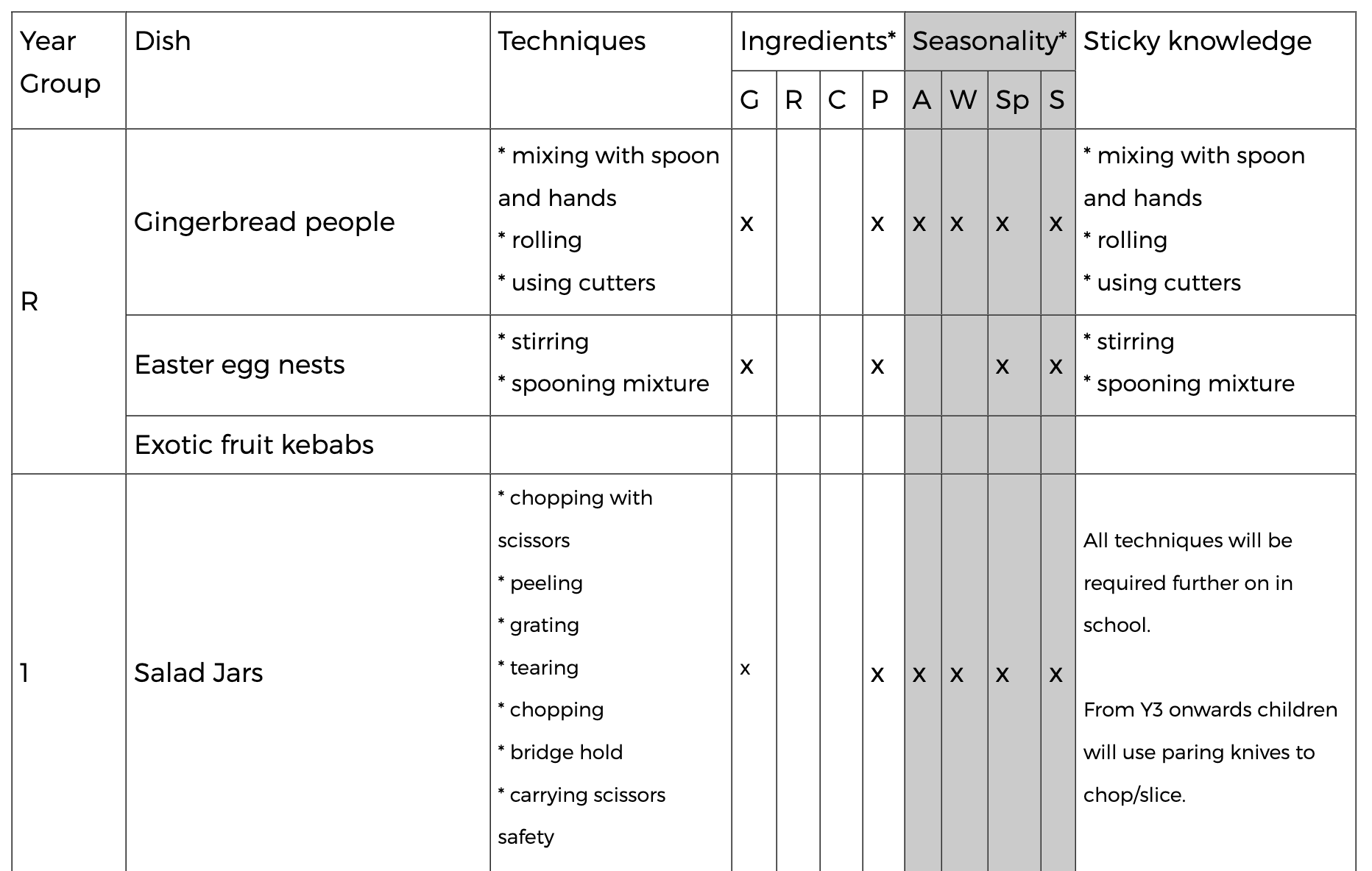
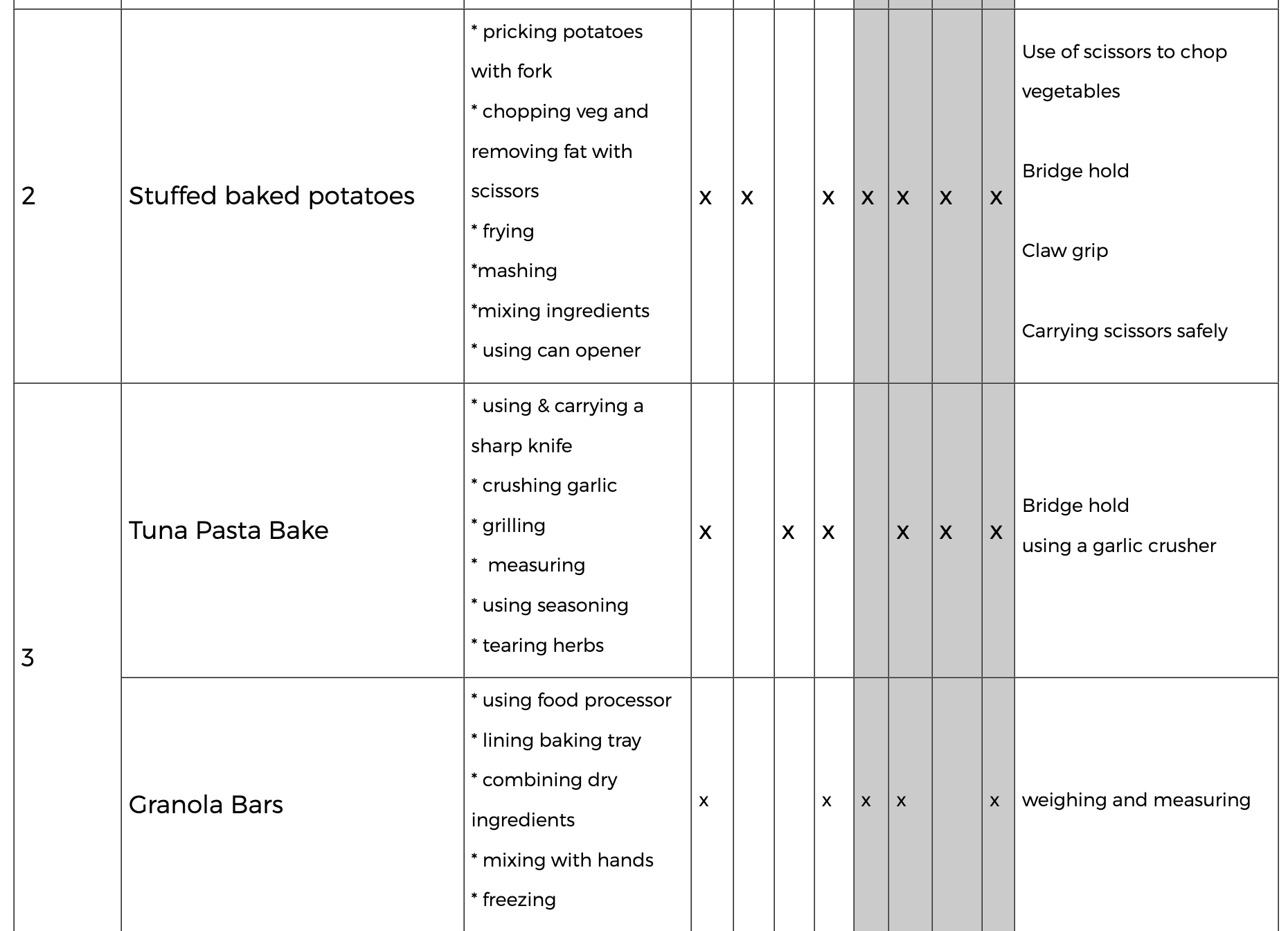
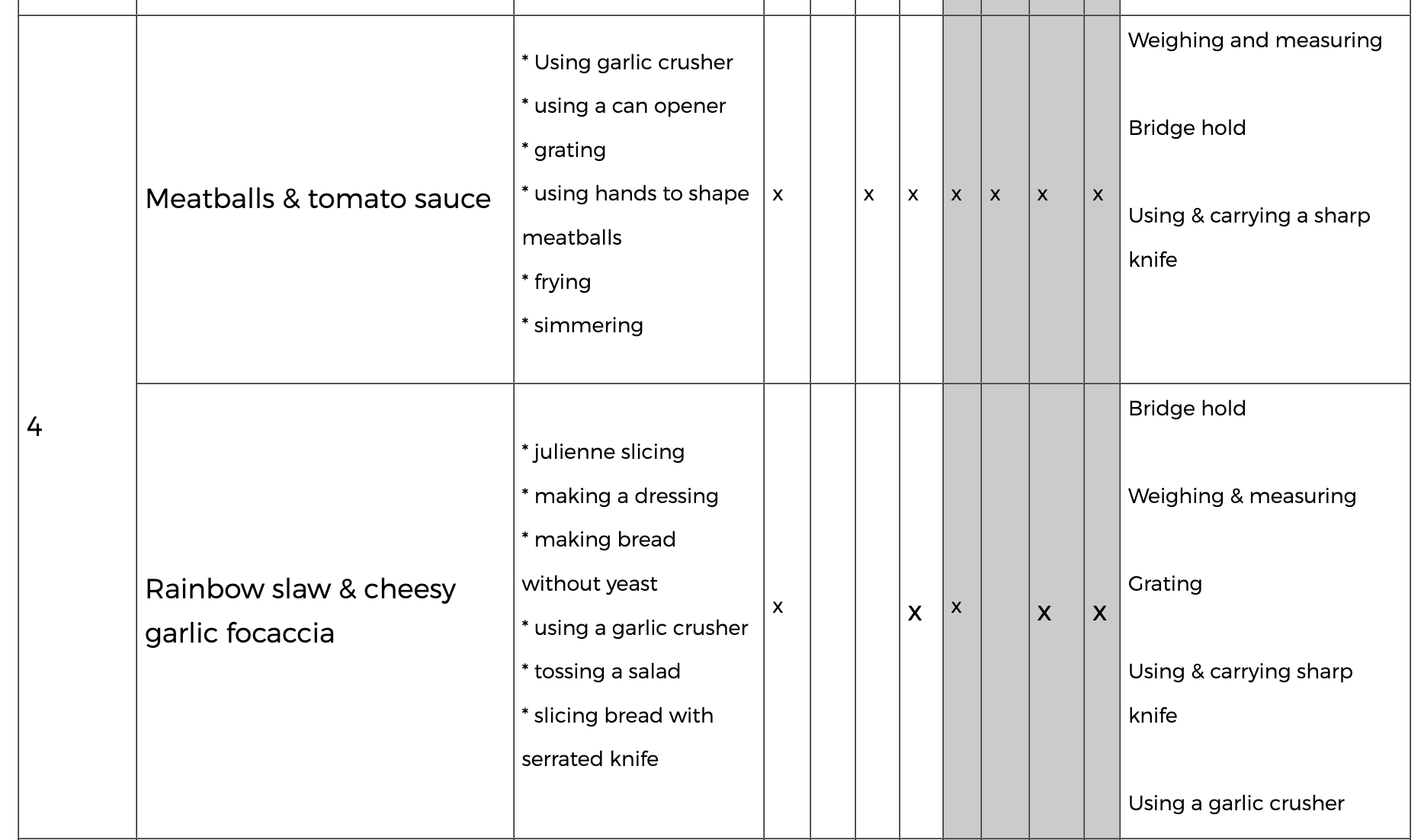
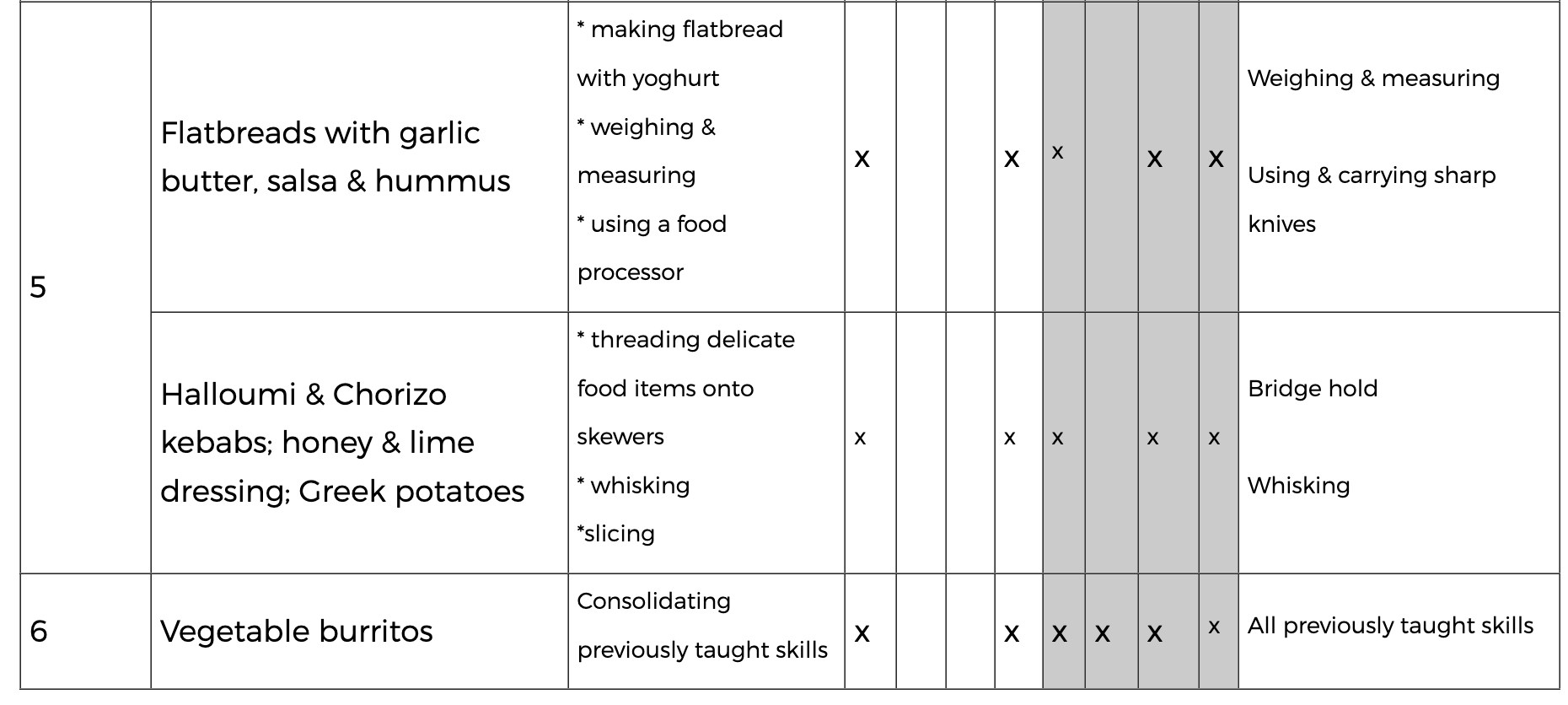
* G = Grown; R = Reared; C = Caught; P = Processed A = Autumn; W = Winter; Sp = Spring; S = Summer
Recipes can be found at Cookery Corner.
Key Events and People in DT
| Key Events in Design Technology | Key People in Design technology | |
| Reception |
|
|
| Year 1 |
Spring Year A: Sir Christopher Wren Summer Year A: John Macadam; John Dunlop; Charles Macintosh |
|
| Year 2 |
Spring: Henry Ford Summer Year A: John Macadam; John Dunlop; Charles Macintosh |
|
| Year 3 | Spring: Development of food packaging, particularly post-war |
|
| Year 4 |
Summer: Thomas Edison |
|
| Year 5 | Spring: The Industrial Revolution and The Great Exhibition |
|
| Year 6 |
Autumn: Isambard Kingdom-Brunel |

